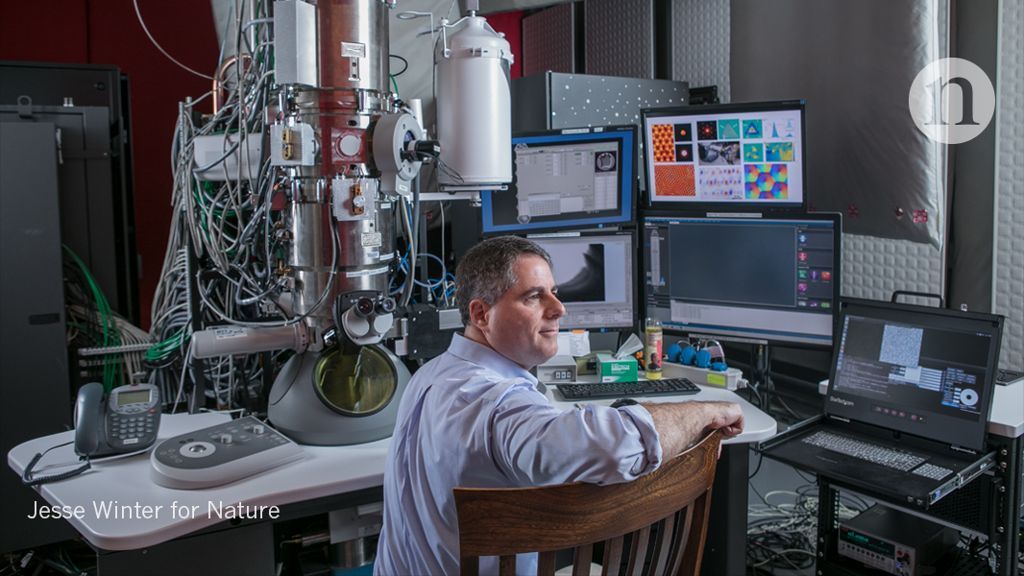
Category: science – Page 119





Ira Pastor — IdeaXme — Longevity Ambasador
Very excited to join IdeaXme (http://radioideaxme.com/) as Longevity Ambassador, utilizing this wonderful media platform to help expand global awareness of the people engineering a future free of aging, disease, degeneration, and suffering.
Highlights of Science Launching on SpaceX CRS-16
Robotic refueling. 3D Forest imagery. And two student experiments inspired by Marvel’s “Guardians of the Galaxy.” These are just a few of the studies that will be added to the hundreds onboard the International Space Station with the SpaceX cargo launch on Dec. 4! Watch more:


The microscope revolution that’s sweeping through materials science
Scientists can’t study what they can’t measure — as David Muller knows only too well. An applied physicist, Muller has been grappling for years with the limitations of the best imaging tools available as he seeks to probe materials at the atomic scale.
One particularly vexing quarry has been ultra-thin layers of the material molybdenum disulfide, which show promise for building thin, flexible electronics. Muller and his colleagues at Cornell University in Ithaca, New York, have spent years peering at MoS2 samples under an electron microscope to discern their atomic structures. The problem was seeing the sulfur atoms clearly, Muller says. Raising the energy of the electron beam would sharpen the image, but knock atoms out of the MoS2 sheet in the process. Anyone hoping to say something definitive about defects in the structure would have to guess. “It would take a lot of courage, and maybe half the time, you’d be right,” he says.
This July, Muller’s team reported a breakthrough. Using an ultra-sensitive detector that the researchers had created and a special method for reconstructing the data, they resolved features in MoS2 down to 0.39 angstroms, two and a half times better than a conventional electron microscope would achieve. (1 Å is one-tenth of a nanometre, and a common measure of atomic bond lengths.) At once, formerly fuzzy sulfur atoms now showed up clearly — and so did ‘holes’ where they were absent. Ordinary electron microscopy is “like flying propeller planes”, Muller says. “Now we have a jet.”

Rocket Science in 60 Seconds: EM-1 and the Power Needed to Get to the Moon and Beyond
Click on photo to start video.
NASA’s Rocket Science in 60 Seconds gives you an inside look at work being done to explore deep space. In the latest episode you can hear Rob Stough, payload utilization manager for our NASA’s Space Launch System, talk about the power we needed to boost the rocket into space and send NASA’s Orion Spacecraft to the Moon. Watch: https://youtu.be/0VB9aI3xVFs
